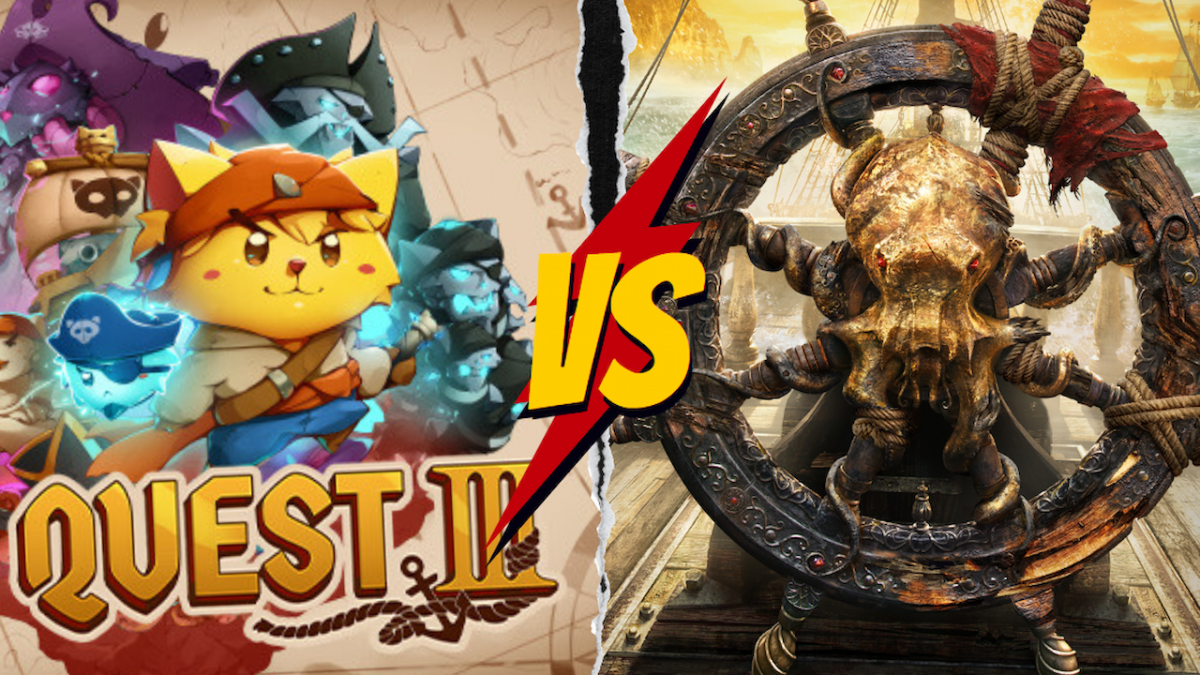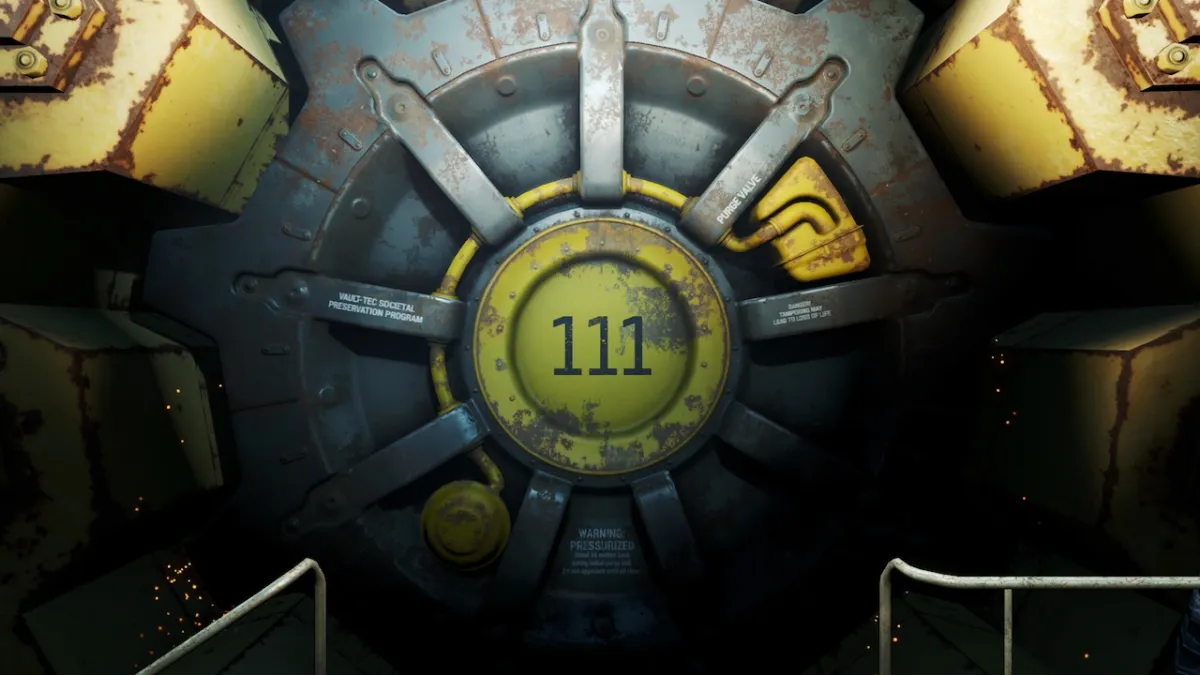This week Triumph Studios revealed an in-depth look at the tactical combat mechanics in Age of Wonders III. Since I touched lightly upon some sneaky tactics in last week’s preview, I thought I’d now dive into some of the strategies and tactics available with the mechanics and units, and how they compare to the previous games in the series.
The depth of strategy and tactics has been improved. Some tactics remain the same, but others like concealment are more effective. It’s really interesting to see how far Age of Wonders III can provide for players both in terms of balance and the tactics you can employ against one another. In true RPG fashion, when you throw magic into the mix the combinations of tactics you can come up with expands dramatically.
In Age of Wonders II, each unit had movement points which were used for their various actions like attacking, attacks of opportunity, retaliation and shooting, to more special abilities like healing, using an item or casting spells. The amount of times a unit could attack or retaliate was based on their remaining movement for the turn. Attacking a unit expended the defending unit’s movement due to retaliating against those attacks. Once exhausted, the defending unit could no longer retaliate.
In Age of Wonders III this mechanic is made more visible to players through coloured hexes and action points, which have been introduced to separate them a little more from movement points.

Action points enable you to attack and use various abilities.
Action points allow a unit to attack, retaliate or use special abilities based on how far they’ve moved that turn. For a defending unit, being attacked more than three times means you can’t move or act next turn as your action points are all used up on retaliating. Note that regardless of how far a unit moves, you will always keep your last action point (possibly for retaliation purposes if some nasty elf picks on your goblin forces.)

Attacking a unit on green hexes allows 3 action points to be used, 2 on yellow, 1 on orange. Purple are retreat hexes.
Triumph Studios developer Silbok states, “For me tactics are about maneuvering and positioning. So, despite all the fancy abilities that some units have, where you put your units and how you get them there is the most important factor in the game.”
As covered in our Age of Wonders III interview last year, attacking and defending has been expanded with the new guarding and flanking mechanics.
Flanking enables ranged or melee units to deal additional damage, specifically +2 for each damage type they’re attacking with. This can very quickly amount to a lot of damage, especially with units such as Wisps that are capable of dealing damage through multiple elements. This can seem a little unbalanced when compared to units that only deal physical damage.
Triumph Studios have caught on to this and balanced the scales so that units with multiple damage types only get a damage bonus for their first flanking attack in their turn. Triumph state “Through clever use of flanking, groups of weak units can take out powerful foes while taking minimal damage themselves.” Flanking from the rear is useful for assassins and other sneaky rogue-like units that benefit from a good ol’ backstab for a ton of damage.
This is where guarding comes into play in Age of Wonders III. Guarding is good for players that prefer to defend first or counter attack, particularly if you’re outnumbered or want to minimise incoming damage in the initial turns.
The cost is of guarding is giving up your unit’s action points for the turn, including movement. You gain a 20% bonus to defence and resistance (magical defence) plus you cannot be flanked.
Guarding is also more effective for units with shields and armour, partly because a large slab of wood or metal provides handy protection whilst armoured units get extra bonuses to defence. Ranged units do less damage against those they shoot to the front.

If a unit is stunned e.g. hit by static shield, flanking can occur from every adjoining hex.
As a fan of rogues and backstabbing, the problem of successfully backstabbing those pesky shielded or armoured units when you lack armour piercing is compounded by cleverly positioned guarding units.
On non-guarding enemy units, there are several things you can try. One idea is to move over the enemy with a forlorn hope flying unit and attack in the rear. Since the defending unit has to now face the rear attacker, your other attacking unit should be able to backstab quite happily. Another is to shoot them from the side, forcing the unit to turn and face the attack, then close in with a further unit for more backstabbing goodness.
Goblin fan Tombles has some further tactical advice to help keep your Age of Wonders III opponent busy and confused: “Swarm Darters are the best low tier ranged units in the game, since they ignore both long range penalties and line of sight penalties. They also hit with 2 types of damage at once, which is a huge bonus when attacking creatures with low resistance. If you were to use an ability that lowered a target’s resistance and defense, such as an Orc Priest’s Throw Curse ability (-2 defense, -2 resistance), then the swarm darters will do an extra 4 damage per shot as well. Just don’t field them against the undead, Swarm Darters do very badly against troops that are immune to blight damage.”
As Tombles mentions, lowering your enemy’s units defence and resistances with special abilities and ranged attacks, combined with magic, can amount to a lot pressure on your opponents units. Engagement is similar to Age of Wonders II, but you can no longer use ranged abilities at point blank range or when being attacked. Attacks of opportunity are still the same, providing you with a chance of causing further damage against enemy units who try to move by yours. For example, using the Panic spell on an adjacent enemy unit means you can get attacks of opportunity as they move away from your units. If combined with some good positioning you can effectively create a pinball effect as the enemy’s unit runs by several of yours.
Units that are in guard mode have attacks of opportunity on all hexes around their own hex, not just those to the front. For units that can sprint (mostly scouts), you can run past a unit without suffering any attacks of opportunity from the enemy. This might be useful if you really want to secure a better position or get across the battlefield fast, but you cannot attack after sprinting. A further word of warning about sprinting: whilst you can choose to cancel abilities, clicking on the sprint ability will activate immediately and you cannot cancel it, so choose wisely.



